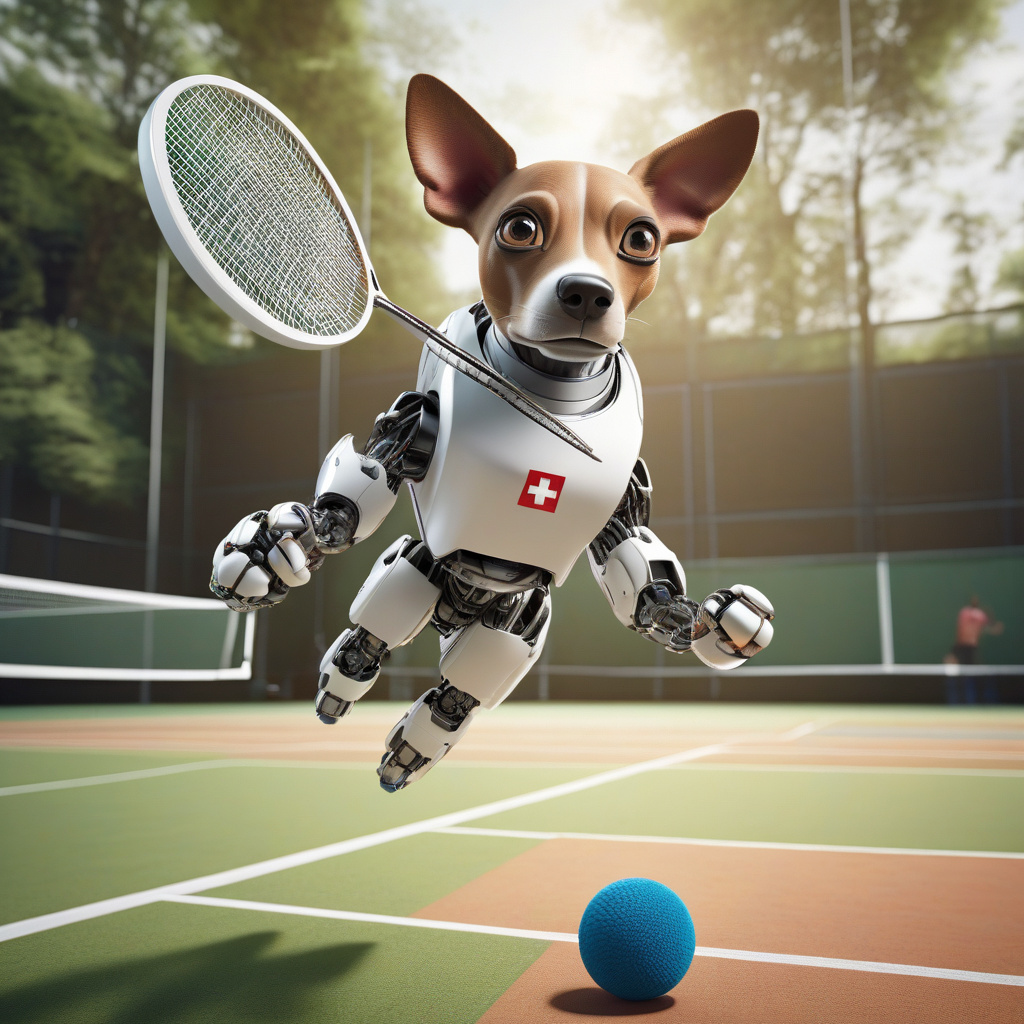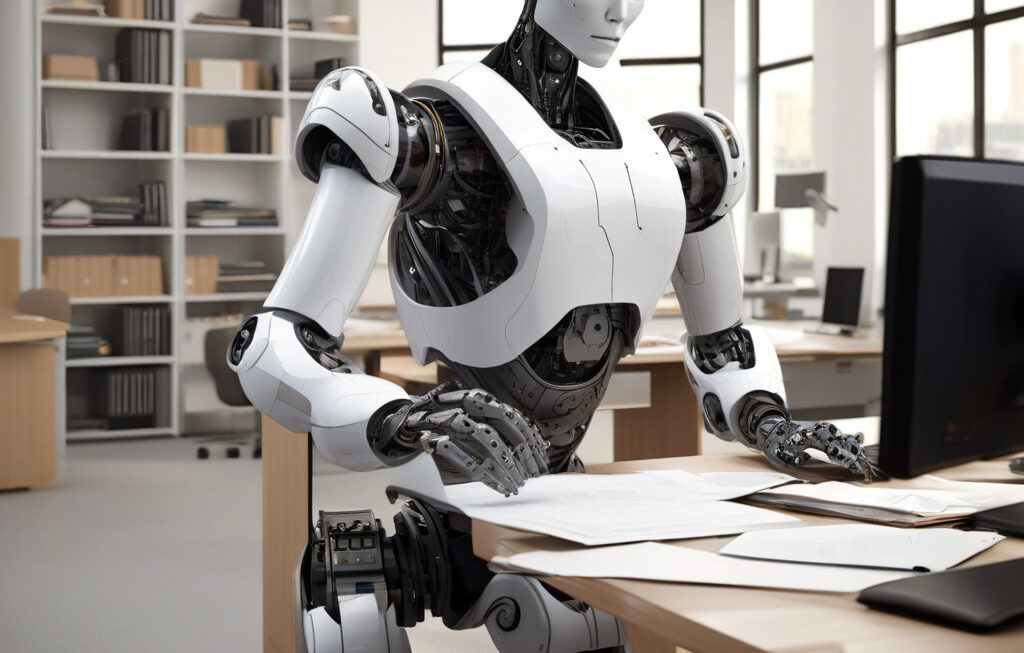Video: Swiss Robot Dog Masters Badminton with AI Precision
Researchers at Switzerland’s ETH Zurich have developed a system that allows a four-legged robot dog to play perfect badminton shots with AI-guided precision. This innovative technology showcases the potential for robotics to excel in sports, pushing the boundaries of what machines can achieve in terms of agility and accuracy.
The robot dog, equipped with advanced artificial intelligence algorithms, demonstrates remarkable skill and finesse on the badminton court. Its ability to swiftly move across the playing area, anticipate the trajectory of the shuttlecock, and execute well-timed shots reflects the impressive capabilities of modern robotics technology.
The integration of AI guidance enables the robot dog to analyze the game in real-time, adjusting its movements and shots with remarkable accuracy. This level of adaptability and responsiveness highlights the potential for AI to enhance the performance of robotic systems in dynamic environments such as sports competitions.
What sets this innovation apart is not just the robot dog’s ability to play badminton, but the level of precision and skill it exhibits while doing so. By mastering the intricate movements and timing required for the sport, the robot dog demonstrates the potential for robotics to excel in activities that demand both physical dexterity and cognitive processing.
Beyond the realm of sports, this development has broader implications for the field of robotics. The successful integration of AI guidance in a dynamic and fast-paced activity like badminton opens up new possibilities for utilizing robotic systems in various real-world applications.
For instance, the same technology that enables the robot dog to excel in badminton could be adapted for use in areas such as search and rescue operations, where agility, precision, and quick decision-making are crucial. By harnessing the power of AI, robotic systems can navigate complex environments and perform tasks with a level of efficiency and accuracy that was previously unattainable.
Moreover, the ETH Zurich researchers’ work highlights the importance of interdisciplinary collaboration in advancing robotics technology. By combining expertise in robotics, artificial intelligence, and sports science, they have been able to push the boundaries of what is possible in the field, paving the way for future innovations and breakthroughs.
As we look to the future, the integration of AI-guided robotics in sports and other domains holds immense promise for transforming industries and enhancing human capabilities. The Swiss robot dog’s mastery of badminton serves as a compelling example of how technology can be leveraged to achieve new levels of precision, agility, and performance.
In conclusion, the ETH Zurich researchers’ development of a robot dog that plays perfect badminton shots with AI precision represents a significant milestone in the field of robotics. By showcasing the potential for machines to excel in sports and dynamic activities, this innovation underscores the transformative power of AI-guided robotics in pushing the boundaries of what is possible.
#RoboticsTechnology, #AIInnovation, #SportsRobotics, #ETHZurichResearch, #FutureTechRevolution












